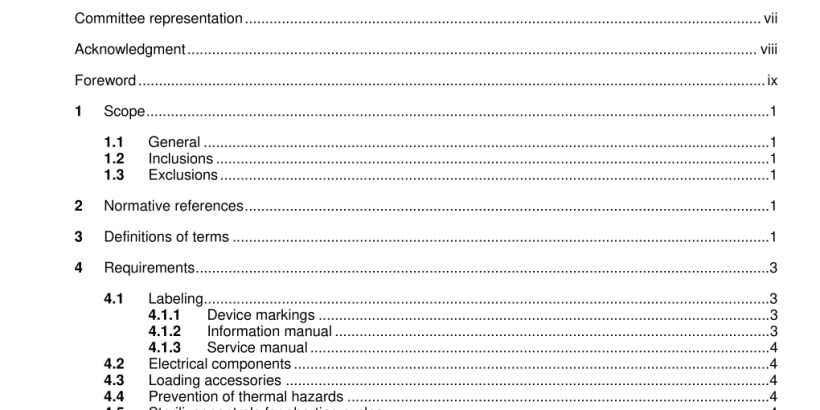ANSI AAMI ST50-2004 pdf download
ANSI AAMI ST50-2004 pdf download.Dry heat (heated air) sterilizers
Starting with Robert Koch in 1 881 , dry heat sterilization was branded with the twin epithet, “slow and problematic” (Koch and Wolffhuegel, 1 881 ). Indeed, penetration of dry heat through coverings such as paper is much slower than penetration of moist heat. The application of dry heat in an oven is difficult to control, because the density of the air decreases rapidly as it is heated, promoting stratification. Even if a fan is used to mix cold and warm air, load temperature in ovens is likely to vary, because the specific heat of air is low (Hailer and Heicken, 1 929). Not surprisingly, a marked aversion developed against this agent, as expressed by one prominent authority (Walter, 1 948): “The use of dry heat is limited to the sterilization of articles which do not withstand the corrosive action of steam, anhydrous objects which are spoiled by moist heat, and anhydrous substances which prevent the bactericidal action of moist heat. Cutting edge instruments, surgical gut, ground glass, and dry chemicals such as greases, oils, and glycerine are examples.” Early in this century, health care workers were confronted with a need for dry heat specifications, particularly temperature and time. Around 1 930, an upper limit of 1 60 °C (320 °F) or thereabouts was set on the basis of metallurgy. The temper of surgical instruments heated much beyond that value could be altered (Jeffries and Archer, 1 924). In regard to exposure time, quantitative experiments with dry spores in sand heated to 1 35 °C to 1 45 °C (275 °F to 293 °F) demonstrated a requirement of 1 5 minutes or less to destroy some 1 0 6 colony-forming units (Murray and Headlee, 1 931 ; Murray, 1 931 ; Headlee, 1 931 ). In a 1 940 study, Oag reported a thermal death time of 9 minutes when spores of Bacillus anthracis dried onto glass were heated at 1 60 °C (320 °F). These studies all show that dry heat can be an efficient means of sterilization if the conditions of exposure are diligently controlled.
Unfortunately, this line of quantitative research never progressed to table-top ovens. In the absence of hard facts, especially data concerning heat transfer within different kinds of loads, the widely accepted standard that did evolve seems more reasonable: 1 hour at 1 60 °C (320 °F). So popular was this formulation that it gained equal status with the conditions of steam sterilization most often cited: “In dry heat sterilization an exposure time of 60 min at 1 60 °C is approximately the equivalent of 1 5 min at 1 21 °C in moist heat” (McCulloch, 1 945). The United States Pharmacopeia, 1 5th edition, recommended 1 70 °C (338 °F) for 1 20 minutes (USP, 1 955). Modern dry heat sterilizers (those manufactured since 1 987) have incorporated improved heat transfer techniques using mechanical air circulation, high-speed laminar flow, and higher process temperatures. These improvements, coupled with extensive validation testing required by regulatory agencies, allow the use of fixed exposure cycles and shorter exposure and overall process times.
All known table-top dry heat sterilizers are of the batch type because they are simpler to manufacture, install, and operate. Almost all of the batch designs in use today use electrical heating elements as the energy source for heating air. A typical batch cycle is usually made up of three phrases: (a) heat-up, (b) exposure and hold, and (c) cool-down. The simplest batch-type dry heat sterilizer is the static air type, in which heating is by natural convection (gravity). This type of sterilizer is usually preheated to the desired temperature, the load is placed into the heated chamber, the load is heated for an established period of time, and the load is then removed and allowed to cool naturally. (See Figure A.1 .)
